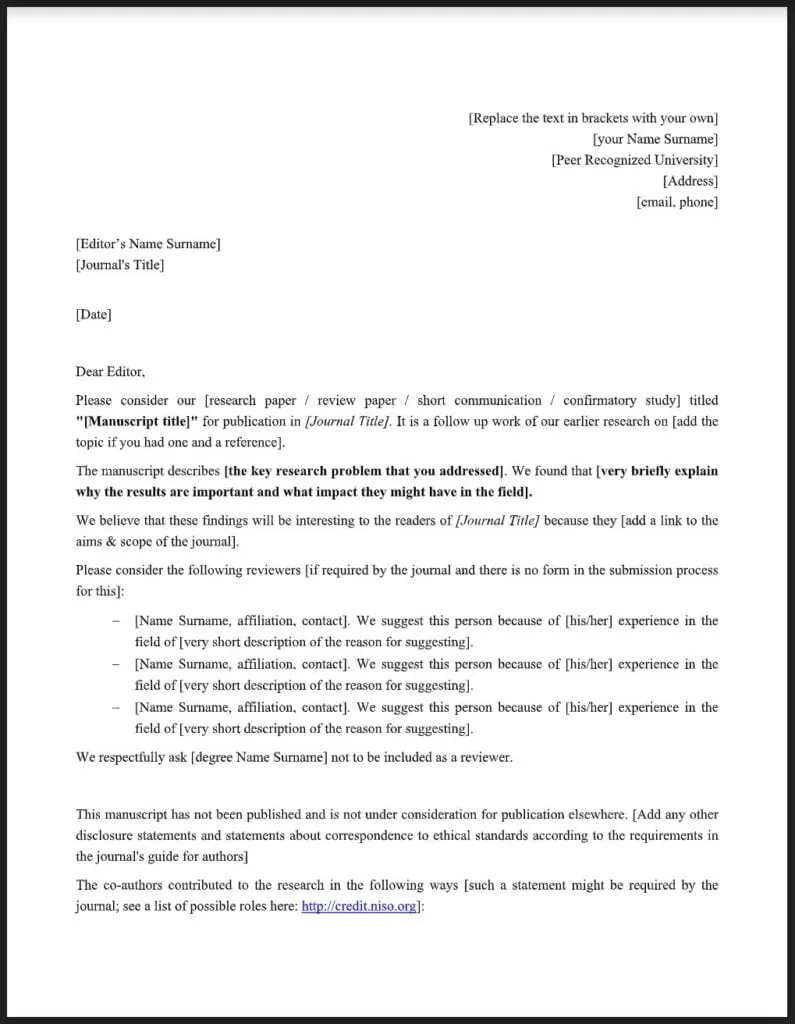Understanding the Purpose of a Research Paper Cover Letter
A research paper cover letter is more than just a formality; it’s your first direct communication with the journal editor. It serves as an introduction to your work, a concise summary of your findings, and a persuasive argument for why your manuscript should be considered for publication. A well-crafted cover letter can significantly increase the chances of your research paper being accepted, as it sets the tone and provides crucial context that can influence the editor’s initial impression. It’s an opportunity to highlight the significance of your research and explain its relevance to the journal’s scope and readership.
Why Is a Cover Letter Necessary?
The necessity of a cover letter stems from its role in guiding the editor through your submission. It allows you to briefly summarize your research, emphasizing its novelty and impact. It also allows you to explicitly state the manuscript’s status, confirming that it is original work and has not been submitted elsewhere. A well-written cover letter demonstrates professionalism, attention to detail, and respect for the journal’s guidelines, all of which can positively influence the editor’s decision-making process. It’s a chance to make a strong first impression, potentially swaying the editor to prioritize your paper for review.
Key Components of a Compelling Cover Letter
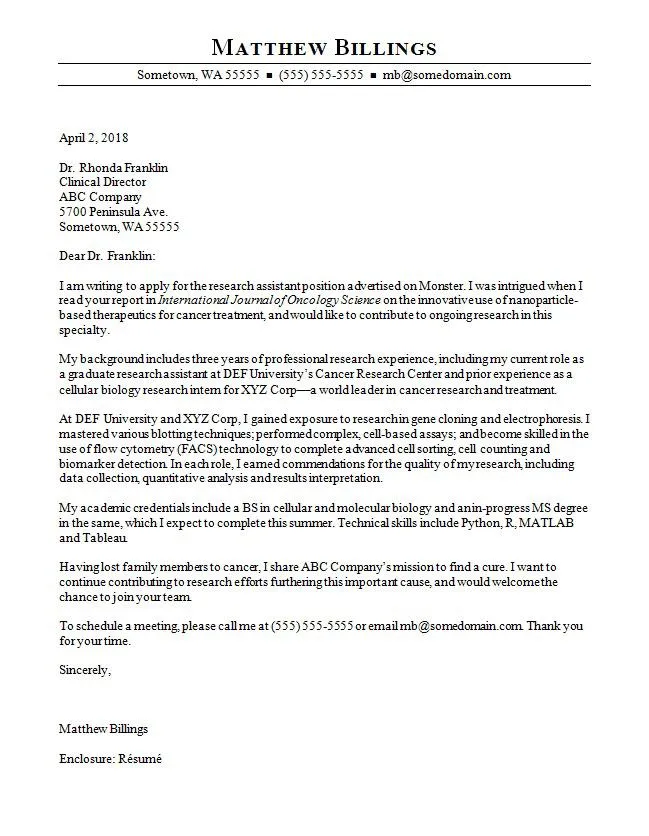
A compelling cover letter is structured to provide essential information clearly and concisely. It should immediately capture the editor’s attention and convey the key aspects of your research. Each component plays a vital role in presenting your work effectively and making a strong case for publication. A well-organized cover letter makes it easy for the editor to quickly understand the significance of your work.
Contact Information and Date
Begin with your contact information, including your full name, affiliation, email address, and phone number. This ensures the editor can easily reach you for any clarifications or updates. Following your contact details, include the date, which helps in record-keeping and provides a reference point for the submission. Make sure that the formatting matches professional standards.
Addressee Information
Address the cover letter to the editor of the journal. Find the editor’s name and title, using the correct salutation (e.g., Dr. Smith or Professor Jones). Personalizing your letter shows that you have taken the time to research the journal and understand its editorial structure. This attention to detail demonstrates respect and professionalism.
Opening Paragraph
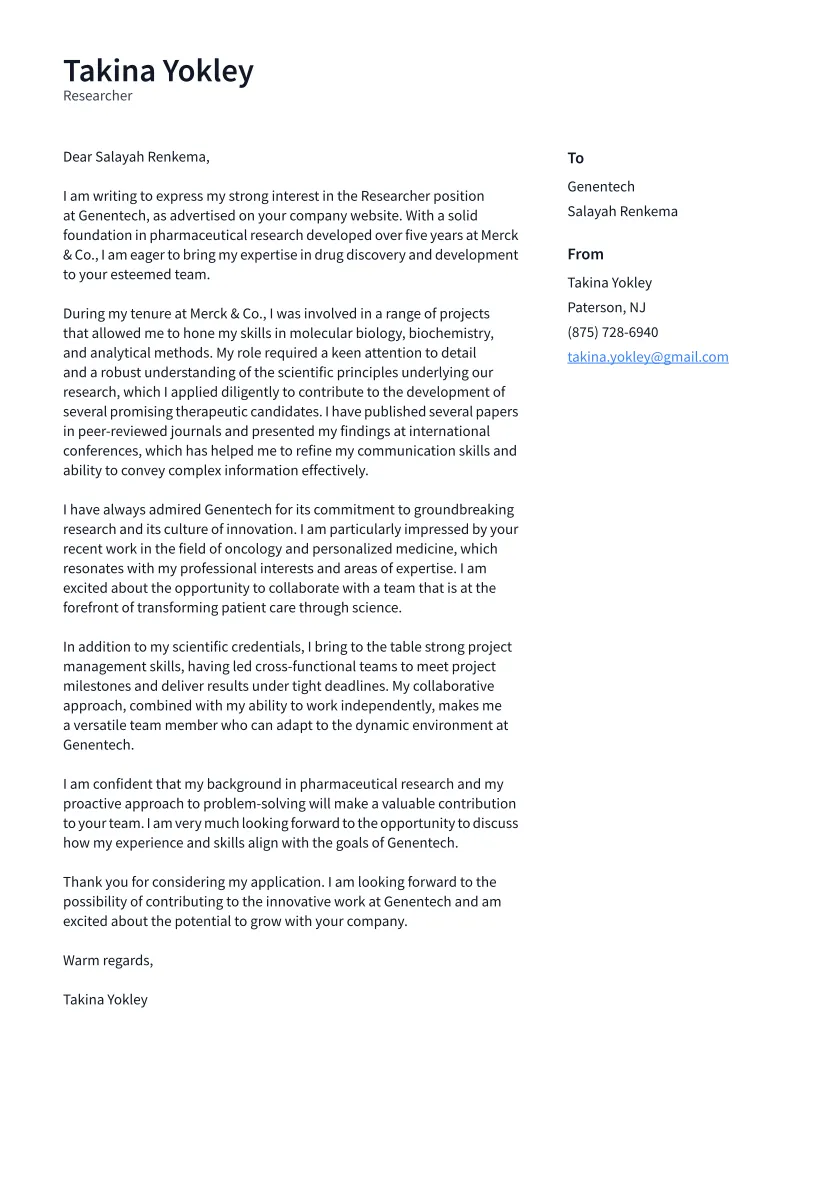
Start with a clear and concise statement about your purpose: submitting your manuscript for consideration. Include the title of your paper to immediately identify the subject of your submission. Briefly state the type of article you are submitting (e.g., original research article, review). The opening paragraph sets the tone and provides the reader with essential context.
Introduce Your Research
Briefly summarize the research question, objectives, and methodology. This section should provide enough information for the editor to grasp the scope of your study without going into excessive detail. Focus on the most critical elements. Highlight the key aspects to draw the editor in and make them want to read more about your work. Ensure the content is easily understandable.
Highlight Key Findings and Contributions
This is where you emphasize the significance of your results and how they advance the field. Clearly state your key findings, explaining their importance and their implications. Show how your work contributes new knowledge or solves existing problems. Quantify the impact of your research wherever possible, for example, by stating the magnitude of your findings or the scope of your study. Use this section to convince the editor of your work’s value.
Specify the Manuscript’s Status
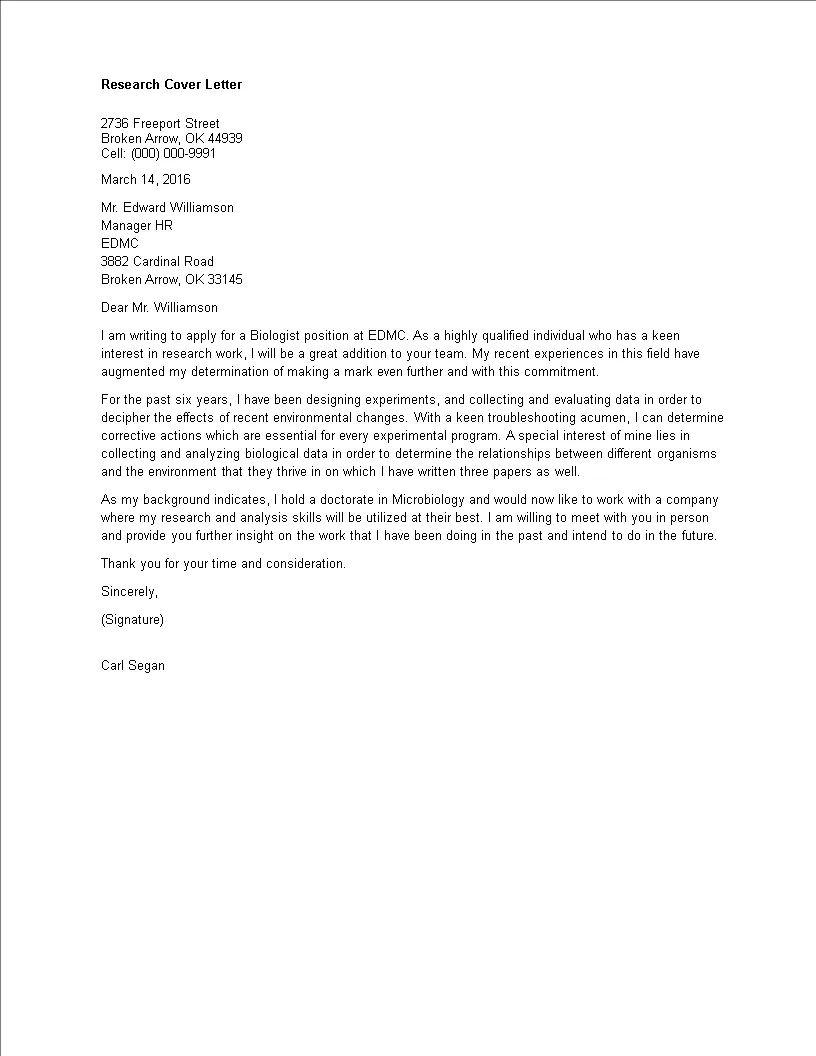
Explicitly state that the manuscript is original, unpublished work and is not under consideration by any other journal. This statement is crucial to avoid ethical issues and to assure the editor that the submission is exclusive. Also confirm that all authors have approved the submission and agreed to the terms. Make sure you’re following all the guidelines and the journal’s policy.
State the Target Journal
Reiterate that you are submitting to the specific journal and explain your rationale for choosing it. Briefly mention how your research aligns with the journal’s scope, audience, and aims. This demonstrates that you have carefully considered where your work best fits. Tailoring the cover letter to the journal can highlight its relevance to the readership.
Address Conflicts of Interest
Disclose any potential conflicts of interest, financial or otherwise, related to the research. Transparency is key to maintaining the integrity of the publication. If there are no conflicts, clearly state this. This shows your commitment to ethical publishing practices and builds trust with the editor. Following this step is an important part of the process.
Author Contributions and Acknowledgements
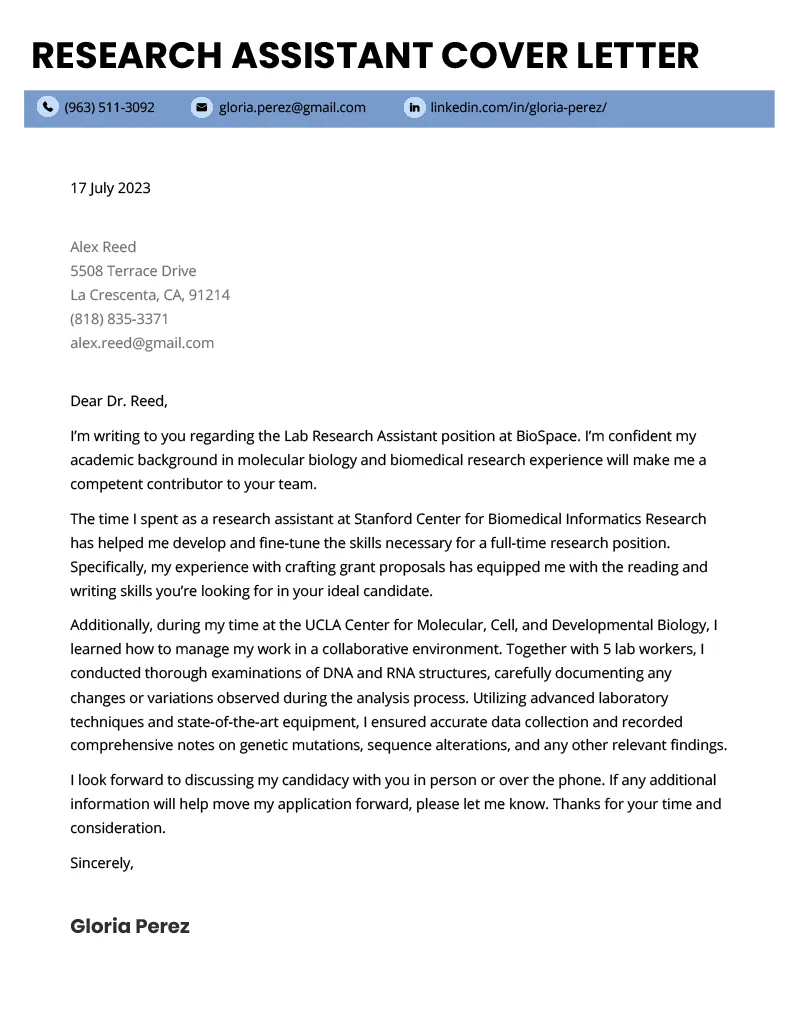
Briefly describe the contributions of each author. Acknowledge any individuals or organizations that provided support or funding for the research. This ensures that all parties involved receive the appropriate credit for their contributions. A proper acknowledgment section reflects the collaborative nature of the research project.
Closing Paragraph
Express your gratitude for the editor’s time and consideration. Reiterate your interest in publishing with the journal and provide your contact information for any follow-up questions. Conclude with a professional closing (e.g., Sincerely, or Best regards) followed by your full name and any relevant credentials, as a sign-off. This creates a lasting positive impression.
Formatting and Style Guidelines
Adhering to proper formatting and style guidelines is a mark of professionalism and attention to detail. Following these instructions can help your cover letter look polished and ensures that it is easy to read. Following these guidelines improves readability and demonstrates respect for the journal’s preferences.
Font and Spacing Recommendations

Use a standard, readable font, such as Times New Roman, Arial, or Calibri, in a 12-point size. Maintain consistent spacing (typically single or 1.5-line spacing) throughout the letter. Clear, clean formatting enhances readability and demonstrates attention to detail. Proper font selection is important to increase the editor’s reading ease.
Word Count and Page Limit
Keep the cover letter concise, typically within one page or 250-300 words. Some journals have specific word count limitations, so always check their guidelines. Brevity ensures that the editor can quickly grasp the key points without getting bogged down in unnecessary details. Adhering to the word count guidelines shows respect for the editor’s time and demonstrates professionalism.
Grammar, Spelling, and Proofreading
Thoroughly proofread your cover letter for any grammatical errors, spelling mistakes, and typos. Errors can undermine your credibility and detract from the overall impression. Use a spell-checker and grammar checker, but also read the letter carefully yourself. Consider asking a colleague to review your cover letter for a second opinion. Perfect grammar and spelling improve the readability.
Common Mistakes to Avoid
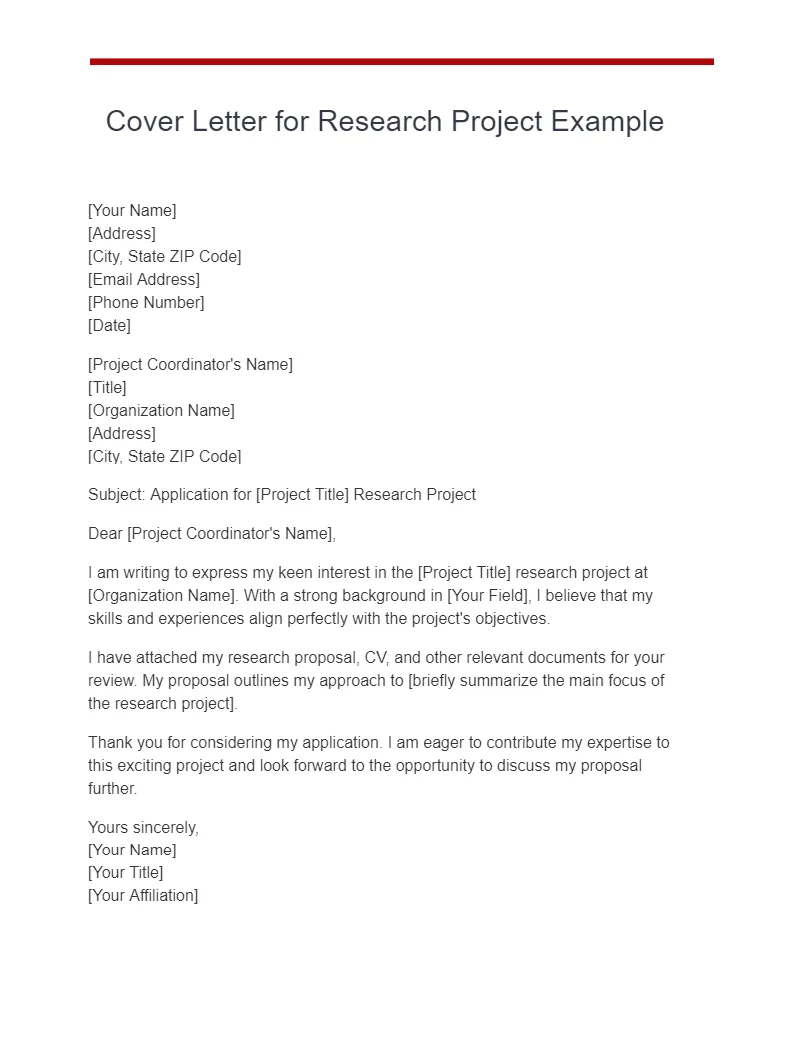
Avoiding common mistakes can significantly improve the effectiveness of your cover letter. These errors may create a negative impression and may decrease your chances of publication. Understanding these pitfalls will help you to create a polished and professional cover letter.
Generic Templates and Lack of Personalization
Using a generic template without customizing it for the specific journal is a major mistake. Editors can easily recognize generic letters, and it suggests a lack of interest and effort. Always tailor the letter to match the journal’s scope, audience, and requirements. Personalize the content to highlight the relevance of your research.
Exceeding Word Count Limits
Exceeding the recommended word count or page limit demonstrates a lack of attention to detail and a disregard for the journal’s guidelines. Always adhere to the specified limits to show respect for the editor’s time and the journal’s requirements. Keep your points short and sweet; don’t ramble on about unnecessary details.
Failure to Proofread Carefully
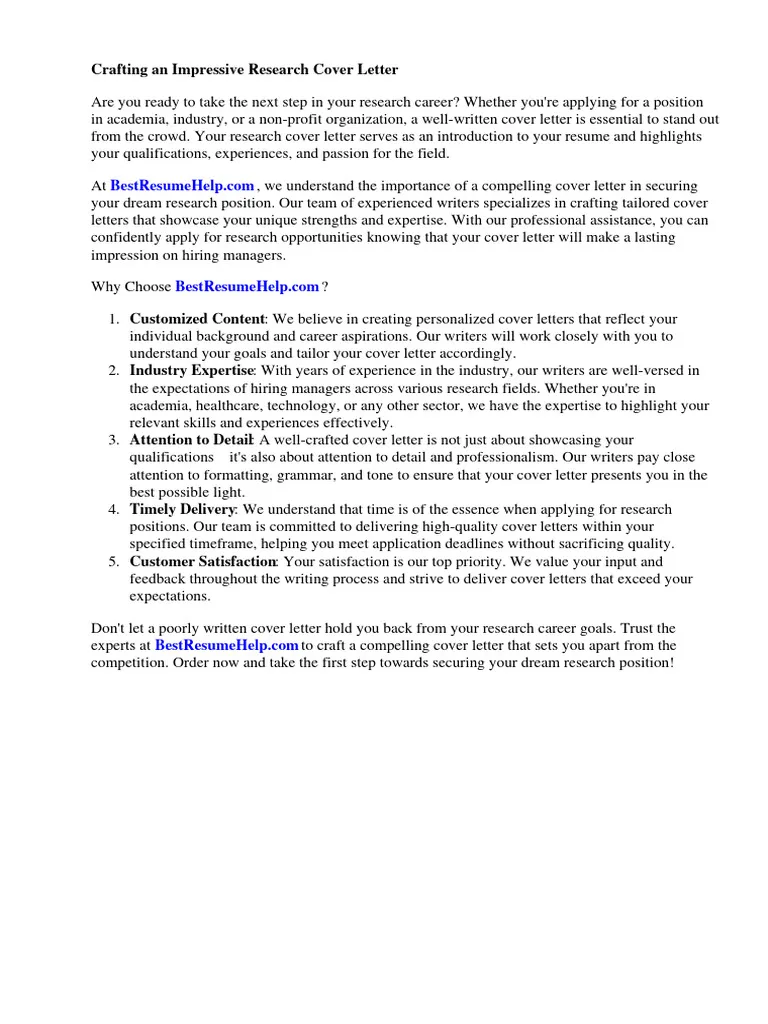
Failing to proofread your cover letter for errors can severely impact its effectiveness. Typos, grammatical errors, and spelling mistakes can detract from your professionalism and undermine your credibility. Always proofread carefully, use spell-check and grammar-check tools. Ask a colleague to review your cover letter before submission.
Tailoring Your Cover Letter to the Journal
Tailoring your cover letter to the specific journal is crucial to showcase the relevance of your research and increase the chances of acceptance. Demonstrate that you understand the journal’s goals and its readership. This is key to making a lasting impression with the editor.
Researching the Journal’s Guidelines
Before writing your cover letter, thoroughly research the journal’s guidelines for authors. Pay attention to their specific requirements, formatting preferences, and any instructions regarding cover letters. This information is usually found on the journal’s website. Following these guidelines demonstrates professionalism and respect for the journal’s standards. If you don’t follow the specific guidelines, there is a higher chance of rejection.
Matching the Tone and Style
Adapt the tone and style of your cover letter to match the journal’s tone. For instance, if the journal publishes more formal articles, your cover letter should also be formal. If the journal has a more informal tone, your letter can be more conversational. Familiarize yourself with the journal’s previous publications to understand their preferred style.
Including Specific Journal Requirements
If the journal has specific requirements for cover letters, such as mentioning particular keywords or providing certain information, be sure to include these. Following these details shows that you have taken the initiative to meet their demands. Adding these specific requirements, will help you get published easier.
In conclusion, crafting the perfect cover letter for your research paper is an essential step in the publication process. By understanding its purpose, including all necessary components, avoiding common mistakes, and tailoring it to the target journal, you can significantly increase your chances of acceptance. Remember, this letter is your first opportunity to introduce your research, and a well-crafted cover letter can make all the difference. Following the provided guidelines will help you create a document that is both professional and persuasive, positioning your work for a successful publication.
